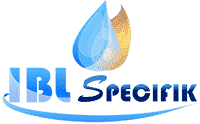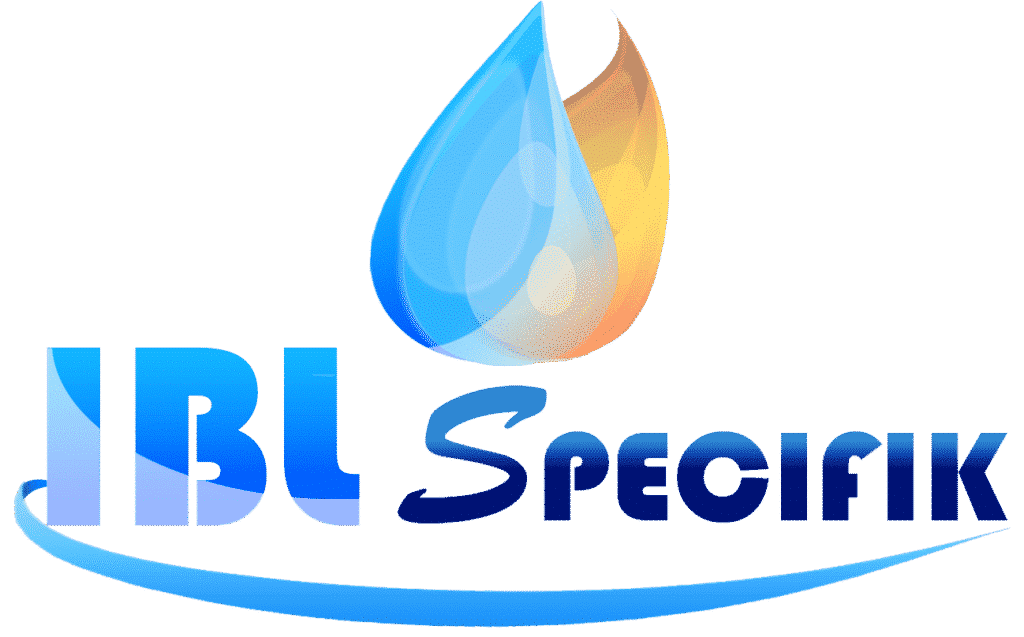Formol is an organic compound of the aldehyde family of formula CH2O. This organic compound has different names: methanal, formaldehyde or formal aldehyde or Formaldehyde in the form of an aqueous solution. It is in this form that it is the most widely used because it is very easily soluble in water. Why is formaldehyde banned or why is it dangerous?
Formaldehyde ban
At room temperature, formaldehyde is a flammable gas. In nature, Formaldehyde is found in cigarette smoke, forest fires, exhaust pipes, but it is also produced in living organisms (including humans). Formaldehyde is also produced by the action of UV rays on the earth's atmosphere.
1. Utilisation du Formol
Synthetised at the end of the 19th century, Formol has since been widely used in industry, particularly as a disinfectant. Formaldehyde is also used as a fixative and preservative for corpses and is very often used in the production of chemical products. Formaldehyde has also been used as a food preservative, as well as in the manufacture of household products and cosmetics. It is also used in the manufacture of medical and paramedical equipment or to embalm bodies awaiting burial. In combination with other chemicals, such as phenol or melamine, methanal or formaldehyde, it can be used to make explosives, synthetic foams or paint.
2. Banning formaldehyde: The dangers of formaldehyde
Formaldehyde is an organic compound classified as carcinogenic since 2004 for nasopharyngeal cancer by the International Agency for Research on Cancer. Formol or Formaldehyde is, according to studies, very dangerous for health. For example, the French Agency for Environmental and Occupational Health Safety (Afsset) estimates that exposure above a certain threshold (0.25 mg/m3 over 8 hours) can cause serious physical damage, including the development of cancer. For example, formaldehyde may cause eye irritation, high exposure may cause more severe respiratory tract irritation and repeated peak exposures may lead to a risk of cancer.
3.ban on formaldehyde: a substitute for formaldehyde
Formaldehyde is often used as a disinfectant in the workplace. Formaldehyde is present during disinfection operations by air (formaldehyde generator) or contact cleaning. Formaldehyde can be substituted:
- with preparations based on peracetic acid and hydrogen peroxide, such as our 100% organic product: APABIO.
- or with chemical mixtures: quaternary ammonium, glyceraldehyde, sulfamic acid, alcohol....
Cleaning companies or firms will therefore have to opt for equipment or machines using disinfectants based on peracetic acid and/or hydrogen peroxide.
These products are completely biodegradable and safe for humans and their environment and are low in concentration.
Following the ban on Formaldehyde, IBL Specifik offers and sells l'APABIOA powerful, broad-spectrum disinfectant based on peracetic acid and hydrogen peroxide, 100% environmentally friendly and 100% ORGANIC.
Product specification
SAFE AND INNOVATIVE TECHNOLOGY THAT COMBINES RESPECT FOR THE ENVIRONMENT WITH
IT IS ENVIRONMENTALLY FRIENDLY AND SAFE TO USE AND HAS A HIGH DISINFECTION POWER.
3-year stable product: the secret of the range is based on stabilization by a physical process, the result of many years of scientific research, requiring no addition of stabilizing agents (e.g. heavy metals, silver ions, etc.).
Powerful disinfectant 100% ECOLOGICAL, based on hydrogen peroxide and peracetic acid, non-toxic for man and his environment.
Non-polluting, 99% biodegradable solution containing neither Formaldehyde, Chlorine, Phenol nor Heavy Metals. Compatible with the disinfection of materials in contact with foodstuffs.
Very stable product, ready to use and with a wide range of activity according to French and European standards :
Bactericide : EN 1040, EN 13727, EN 14561, EN 13697, NFT72-281 (Contact time : 30 seconds)
Fungicide : EN 1275, EN 13624, EN 14562, EN 13697, NFT72-281 (Contact time : 30 seconds)
Sporicide EN 14347, EN 13704, NFT 72-231, NFT72-281 (5 minutes : B. subtilis / 5min : B. subtilis, C. difficile
5min: B. subtilis, C. sporogenes
Virucide EN 14476: (5 min: GRP, BVDV, herpes) (10 min: poliovirus, adenovirus, rotavirus)
Mycobactericide EN 14348 (5 minutes M. avium / 10 minutes M. terrae)
Data on PICHIA ANOMALA: (make request)
"Complies with the standard for airborne disinfection: NF T 72-281 (2010) with our equipment. AIRBIO
PRODUCT FEATURES
- COMPOSITION
Hydrogen peroxide (CAS 7722-84-1) >7% ≤ 8
H2O2 BETWEEN 7 AND STRICTLY LESS THAN 8
Acide peracétique (CAS 79-21-0) < 0.9 %
APABIO 900 A 2500 PPM
- PHYSICO-CHEMICAL PROPERTIES
Appearance: liquid; Colour: colourless; Density: 1.02; Odour: none; pH: 3.5.
USE
Product recommended for all types of disinfection and for all automatic disinfection of surfaces by aerial means, to be used pure by spraying or by means of a disinfection device such as AIRBIO, MINIBIO or JETBIO. Follow the instructions of the machine used. Can also be used by manual spraying on surfaces (spray), by brushing, by soaking (bath) or by injection. Consult us for any other use.
AREAS OF APPLICATION:
Where terminal decontamination and disinfection is recommended or necessary :
Pharmaceutical, medical or research laboratories...
Medical environment: medical and paramedical offices, hospitals, medical transport vehicles, etc.
Armed Forces / Police: disinfection of men and their equipment in the event of biological attacks
Disinfection of Morgues and Autopsy Rooms....
Disinfection after death
Communities: nurseries, schools, old people's homes...
Cafés, hotels, restaurants, gyms, swimming pools...
Agri-food industries, pharmaceutical laboratories/ Research and analysis laboratories
Disinfection of technical rooms, installations (tanks, tanks, pipes, etc.) ...
All air conditioning and ventilation systems are available in a wide range of ...
PRECAUTIONS FOR USE:
- Before use, read the label and product information - Consult the safety data sheet - Keep out of reach of children - In case of repeated or prolonged contact, wear suitable gloves - Avoid skin contact - May cause sensitization by repeated or prolonged skin contact - Risk of serious eye damage - In case of eye contact, Rinse with plenty of water - If skin contact or contamination of clothing is possible, wear protective clothing - If swallowed, seek emergency medical attention and provide safety data sheet - Avoid release to the environment - Do not eat, drink or smoke during use -
STORAGE
Stable product for 3 years. We recommend to use the product within 12 to 24 months after opening and to close the can well after each use. Store only in the original container in a cool, ventilated place. Protect from frost and keep away from combustible materials.
.
PACKAGING
1000 litre tank
Cans of 5 L.
0.5 L spray
Prohibition of formaldehyde and other substances ??
You will find attached the list of banned substances to date:www.legifrance.gouv.fr
Publication 2011 in the JOURNAL OFFICIEL DE LA REPUBLIQUE FRANÇAISE : ban on the use of certain biocidal products
The InVS expert report on the link between certain cancers and exposure to formaldehyde is available on the Institute's website: www.invs.sante.fr (tab 'Publications', chapter 'Scientific reports', section 'Health and work').
Learn more about Disinfection and Decontamination: the difference



